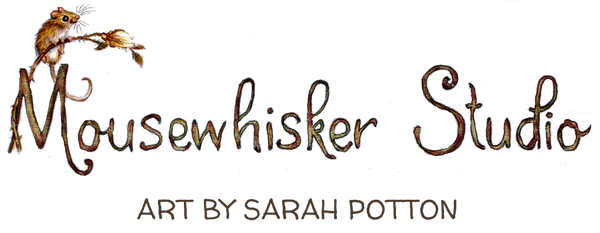Though I have been painting and drawing all my life, I first discovered stone painting when I was about age 14, and the addiction has continued ever since!

I’ve always been fascinated with illusion in art. While growing up I was very inspired by Graham Rust’s ‘trompe l’oeil’ murals in his book “The Painted House”. For me, rock painting is an ideal art form because I can combine a lifelong love of animals with a realistic artistic technique to produce a 3D illusion!

I don’t begin the actual painting process until I have the animal’s posture, colouring and expression clearly visualized in my mind. Then I begin work, which involves gradually building up many layers of paint, using very tiny brushes to acheive the finest details such as fur and whiskers, and finishing the eyes at the very end.

As I paint, any irregularities or fissures in the stone are carefully included to merge with the natural shape or texture of the animal.
I am very picky about which stones I paint on, and only use those that are 3d in shape, rather than flat, so that they sit upright and look as realistic as possible from all angles, as an animal would be in real life. This makes it challenging to find suitable rocks for creatures like owls, frogs, pukekos and kiwis!

I paint a variety of different sizes - from larger rocks which can be used as paperweights or ornaments, down to pebble sized miniatures which fit into your hand or pocket, and can even go travelling with you! My favourites to paint are the tiny ones: creating fine detail on such a small surface is always an interesting challenge, and I like the way they sit cosily in your hand and look you in the eye!
My current collection of animal stones for sale can be found here.

